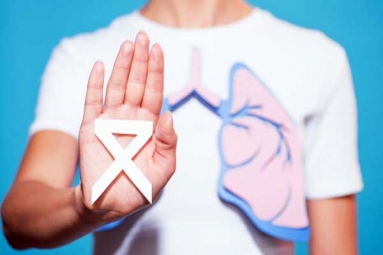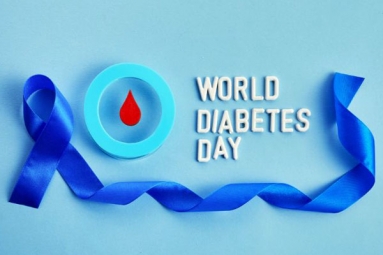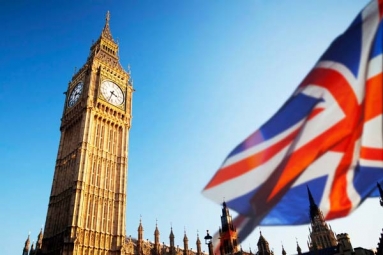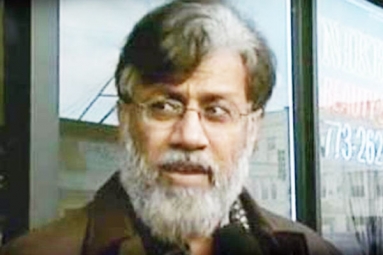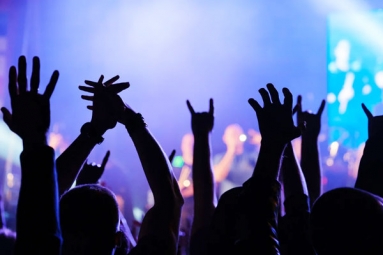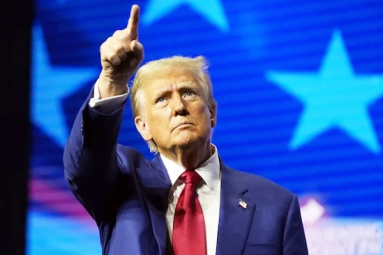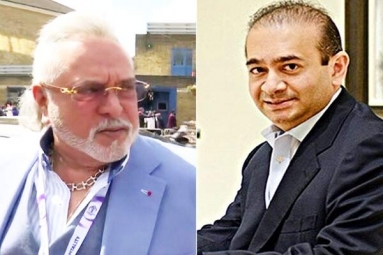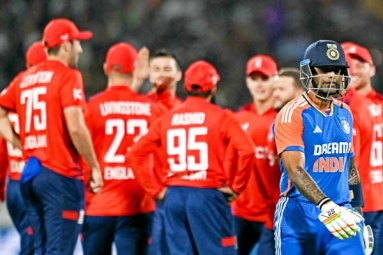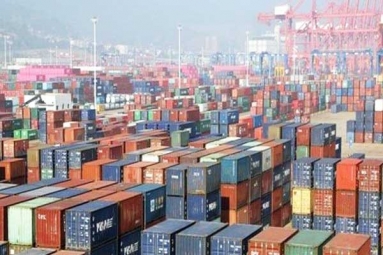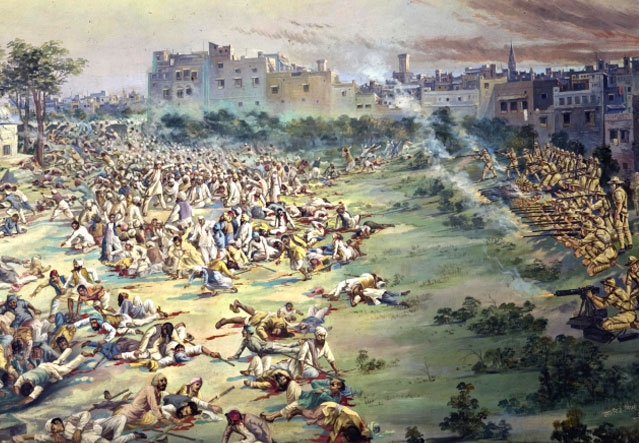
Today, the 13th of April is to be remembered for the ultimate sacrifice of unknown people who has fought for the freedom of Hindustan. They were not having any ambition like of the present day politicians, who does anything only for publicity or to gain positions. The unsung heroes took bullets to their chest for us to live with full independence and proud to be a Hindustani. Today is the day in 1919, when thousands were massacred for protesting against the British government.
The 1919 Amritsar massacre, known as the Jallianwala Bagh massacre happened in the Jallianwala Bagh (Garden) in the northern Indian city of Amritsar, which was ordered by General R.E.H. Dyer. On Sunday, April 13, 1919, which happened to be 'Baisakhi', one of Punjab's largest religious festivals, fifty British Indian Army soldiers, commanded by Brigadier-General Reginald Dyer, began shooting at an unarmed gathering of men, women and children without warning. Dyer marched his fifty riflemen to a raised bank and ordered them to kneel and fire. Dyer ordered soldiers to reload their rifles several times and they were ordered to shoot to kill. Official British Raj sources estimated the fatalities at 379 and 1,100 wounded. Civil Surgeon Dr Williams DeeMeddy indicated that there were 1,526 casualties. However, the casualty number quoted by the Indian National Congress was more than 1,500, with roughly 1,000 killed.
The misery suffered by the people was reflected in Rattan Devi's account. She was forced to keep a nightlong vigil, armed with a bamboo stick to protect her husband's body from jackals and vultures. Curfew with shoot-at-sight orders had been imposed from 2000 hours that night. Rattan Devi stated, ''I saw three men writhing in great pain and a boy of about 12. I could not leave the place. The boy asked me for water but there was no water in that place. At 2 am, a Jat who was lying entangled on the wall asked me to raise his leg. I went up to him and took hold of his clothes drenched in blood and raised him up. Heaps of bodies lay there, a number of them innocent children. I shall never forget the sight. I spent the night crying and watching."
Apart from the many deaths directly from the shooting, a number of people died in stampedes at the narrow gates or by jumping into the solitary well on the compound to escape the shooting. Nearly 120 bodies were pulled out of the well.
A young Sikh teenager who was being raised at Khalsa Orphanage named Udham Singh saw the happening with his own eyes. He vowed to avenge the Amritsar massacre. On 13th March 1940 at 4.30 p.m. in the Caxton Hall, London, where a meeting of the East India Association was being held in conjunction with the Royal Central Asian Society, Udham Singh fired five to six shots from his pistol at Sir Michael O'Dwyer, who was governor of the Punjab when the Amritsar Massacre had taken place, to avenge the massacre. On the 31st July, 1940, Udham Singh was hanged at Pentonville jail, London. "He was the real culprit. He deserved it. He wanted to crush the spirit of my people, so I had to crush him." Udham Singh, told the trial court why he killed Michael O'Dwyer.
"The incident in Jallian Wala Bagh was 'an extraordinary event, a monstrous event, an event which stands in singular and sinister isolation", Winston Churchill. "The Indians were 'packed together so that one bullet would drive through three or four bodies'; the people 'ran madly this way and the other. When fire was directed upon the centre, they ran to the sides. The fire was then directed to the sides. Many threw themselves down on the ground, and the fire was then directed on the ground. This was continued for eight or ten minutes, and it stopped only when the ammunition had reached the point of exhaustion", Winston Churchill
Let us bow our head in respect to the martyrs who has laid their life for our freedom. Let us remember our leaders who have sacrificed their life for our freedom. Let us be proud of the unsung heroes who have braved the bullets in the Jallianwala Bagh for our freedom.
By Premji





